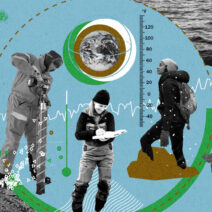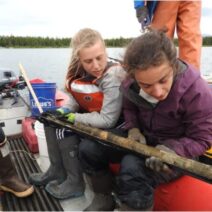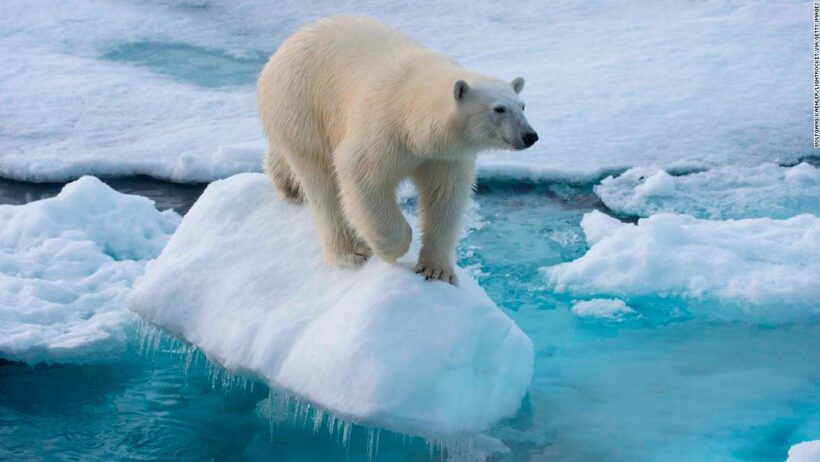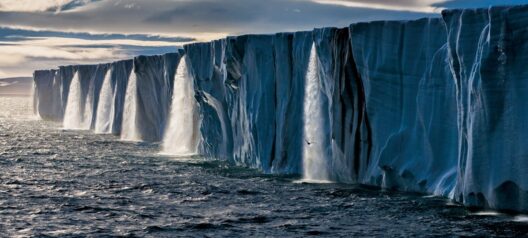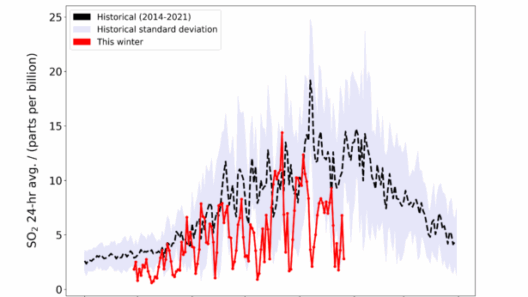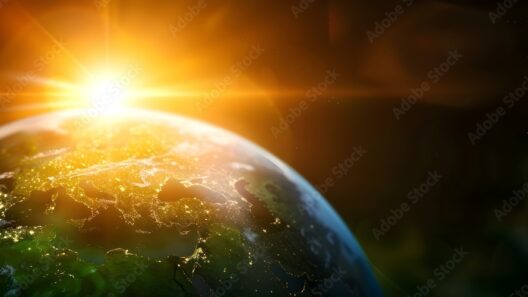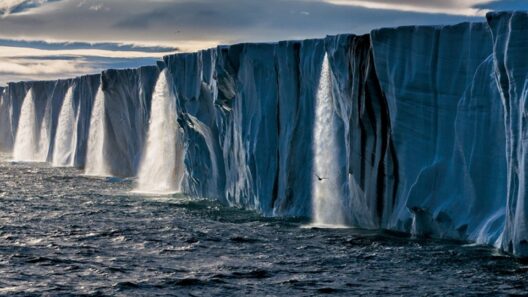Are polar bears going extinct because of global warming? This question seems almost rhetorical at this point, yet it is essential to delve deeper. Polar bears, the majestic apex predators of the Arctic realm, symbolize the poignant question of climate change and its impact on biodiversity. As the ice caps continue to melt and habitats erode, we face a critical junction: will these iconic creatures be relegated to the annals of history, or can we galvanize action to halt their decline?
Polar bears, scientifically known as Ursus maritimus, are intrinsically linked to sea ice. This critical habitat acts as a platform for hunting seals, their primary prey. The bears depend on sea ice not only for sustenance but also for breeding. However, with global temperatures rising—attributed to anthropogenic greenhouse gas emissions—Arctic sea ice is diminishing at a breathtaking pace. The boreal landscape is transforming, and the implications are dire for the polar bear population.
In recent years, numerous studies have established a harrowing trend: the annual extent of sea ice during summer has reached unprecedented lows. The Arctic Ocean, once cloaked in ice, is now witnessing seasons where the ice either barely forms or vanishes altogether. At the heart of this transformation lies the phenomenon of global warming, an outcome of our reliance on fossil fuels, deforestation, and industrial practices. It seems almost paradoxical—how can the world’s north, a seemingly untouched wilderness, be so vulnerable to human actions?
One of the most startling revelations is the phenomenon known as “Arctic amplification.” The Arctic warms more rapidly than the rest of the planet, leading to increased melting of permafrost and further exacerbating climate change. This creates a pernicious feedback loop. As more ice melts, less sunlight is reflected away from the Earth’s surface, leading to even warmer temperatures and further ice loss. It’s as if the planet is caught in a restless cycle, spiraling toward consequences that could obliterate polar bear populations.
The consequences of disappearing sea ice extend beyond mere habitat loss. Polar bears are experiencing significant challenges in their hunting strategies. Less sea ice means bears must travel greater distances to find food, leading to increased energy expenditure. As a result, many bears have begun to exhibit signs of malnutrition, with reproduction rates plummeting amidst the struggle for survival. Mother bears that historically gave birth to multiple cubs are now producing fewer offspring, further jeopardizing the species’ future.
But the plight of polar bears is not solely a tale of ice melting; it’s a broader commentary on the interconnectedness of ecosystems. As the bear populations dwindle, the imbalance affects Arctic ecosystems and the various species that inhabit them, including seals, walruses, and different migratory species. The decline of apex predators like polar bears hints at cascading effects down the food chain, impacting both the physical landscape and the myriad of life that depends on it.
So, can we save the polar bears? This conundrum is not just an urgent matter of animal conservation; it’s a rallying point for environmental activism. Global warming is a manifold challenge that requires collective action and innovative solutions. Local and international initiatives aimed at reducing carbon emissions are paramount. The implementation of renewable energy sources, reforestation projects, and stricter regulations on industrial pollution can collectively yield significant results. It’s essential to foster a paradigm shift in how we think about energy and resource consumption—after all, it is human behavior that has precipitated this crisis.
Moreover, education and awareness are powerful tools in this fight. By informing communities about the dire state of polar bears and their habitats, we can foster a sense of urgency that motivates collective action. Engaging local policymakers, businesses, and individuals to participate in sustainability initiatives can create a ripple effect that leads to meaningful change. Nature is resilient; given the chance, ecosystems often find ways to bounce back if the pressures applied to them are alleviated.
It is worthwhile to pose a challenge: what personal steps can individuals take to ensure a sustainable future for polar bears and, by extension, the entire planet? From advocating for policy changes to supporting organizations dedicated to environmental conservation, every action counts. Opting for sustainable practices in daily life, such as reducing energy consumption and endorsing products with a lower carbon footprint, can cumulatively have a meaningful impact. Also, using social media platforms to share knowledge and raise awareness can catalyze collective action on a broader scale.
In conclusion, the fate of polar bears rests heavily on the broader canvas of climate action. The question remains pivotal: are they going extinct because of global warming? The answer is not carved in stone. Ideal practices in conservation, reduced reliance on fossil fuels, and increased public awareness can pave the road towards preserving theirs and many other species’ future. The urgency of this issue cannot be overstated; it calls for immediate action to ensure that polar bears continue to roam the Arctic ice and inspire awe for generations to come. Taking conscious steps now holds the key to preventing a somber narrative of extinction and transforms it into a hopeful saga of survival and resilience.

